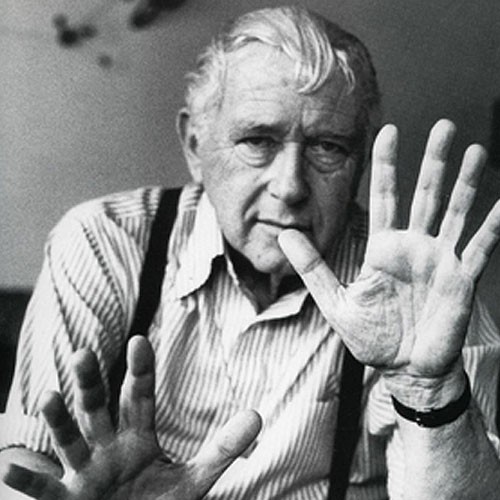Marcel Breuer was still training in his craft when he first started to experiment with tubular steel as a way of producing a chair fit. Effortlessly capturing the air of optimism that the Bauhaus era brought with it, Breuer’s chair takes inspiration from the bicycle frame, with the celebrated designer reducing the form of the classic club chair to rely solely on its core elements.
This version of the landmark chair, which is named for the painter Wassily Kandinsky and was first produced in 1925, is upholstered in a tri-colour-haired hide, injecting the iconic piece of furniture with a sense of warmth.

A protege of Bauhaus founder Walter Gropius, Hungarian-born modernist architect and furniture designer Marcel Breuer embodied many of the School's distinctive concepts and was one of the School's most famous students. Breuer returned to the Bauhaus to teach carpentry from 1925 to 1928 and during this time designed his functional, simple and distinctly modern tubular-steel furniture collection. His attention drifted towards architecture, and after practising privately, he worked as a professor at Harvard's School of Design under Gropius. Breuer was also honoured as the first architect to be the sole artist of an exhibit at the Metropolitan Museum of Art.
Marcel Breuer's most famous designs include the Wassily lounge chair, named after his Bauhaus room mate Wassily Kandinsky, and the Cesca after his daughter Francesca.






































